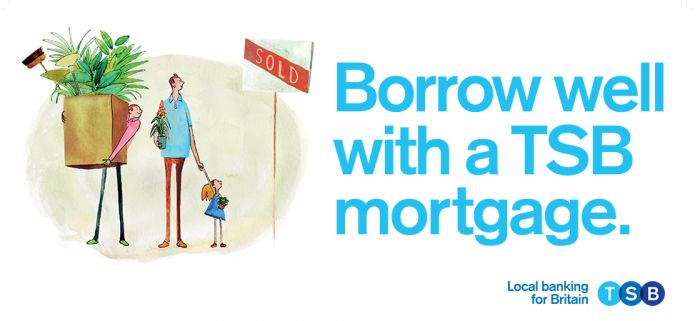Festival of Marketing: The key takeaways from day two

Marketing’s record on diversity is ‘a disgrace’
The Realising Your Potential stage played host to a compelling panel debate about ‘championing diversity in the workplace’.
Jan Gooding, group brand director at Aviva and chair of LGBT charity Stonewall, criticised the marketing profession for failing to properly embrace and encourage diversity.
She argued that many marketers choose not to come out as gay for fear that it will negatively impact their careers.
“What’s interesting to me is not the 3% of the workforce who will tell us their sexual orientation but the 5% who prefer not to say,” Gooding said.
“That’s a big number of people who don’t feel able to be out. In marketing we don’t even know the figure. It’s an utter disgrace where the marketing industry is – if you don’t even know how many people are not ‘out’ at work, how can you say if there’s a problem or not?
“I’ve seen lots of extraordinary declarations from straight CEOs saying ‘there’s no homophobia in my agency’. How do they know? They have absolutely no idea.”
Is your brand in a boom loop or a doom loop?
TSB has been on a long journey from Lloyds subsidiary[1] to standalone brand. What has been key to its success, says CMO Nigel Gilbert, is its focus on challenging the status quo and becoming a different type of bank led by values.
“TSB the band is the whole customer service. This brand is not what we tell people it’s how they feel,” he said during a presentation on the Brand & Creative stage.”The exceptional experiences people have are what informs whether they will be an advocate. I believe that if people actually believe in a brand they are prepared to tell their friends and families about it.
He believes the main difference between TSB and other banks is the focus on long-term rather than a short-term strategy.
“This is the difference between being in the ‘boom loop’ and the ‘doom loop’,” he says. “Most banks, and also a lot of retailers, are stuck in the doom loop. What they are doing is bribing people to stay, or bribing people to join.
“A longer term mindset would tell you that what you have to do is focus on advocates by giving people a great experience that is good for both sides.”
Embracing data requires an internal and external mind shift
The Guardian’s director of consumer revenues Julia Porter told delegates that marketers need to build audience trust.
“We want to take people on a journey of advocacy and membership. However, data has been in the news a lot – and not for the right reasons. So one of our big challenges was how we could balance privacy with getting to know our customers,” she said during a presentation on the data & analytics stage.
Porter said she has had to radically change the attitude towards data internally at the newspaper brand.
“It required a radical shift in thinking from within the organisation. We have set out clear values around transparency and trust. If people know how it is used exactly, they are more likely to share personal data. It becomes a virtuous instead of a vicious cycle,” she explained.
Meanwhile, Kate Dale, Sport England’s strategic lead of brand and digital, encouraged brands to gather social data to ensure campaigns are targeted and stay on message.
For the company’s #ThisGirlCan campaign, Dale said she spent “a lot longer on the insight than on the creative.”
“Using social insights was hugely important. As well as collecting data to establish common themes when it comes to women’s attitudes to sport, social has provided us with instant feedback in a natural environment. In government health surveys women don’t always say what they think, but what they think we want to hear,” she explained.
References
- ^ long journey from Lloyds subsidiary (www.marketingweek.com)









